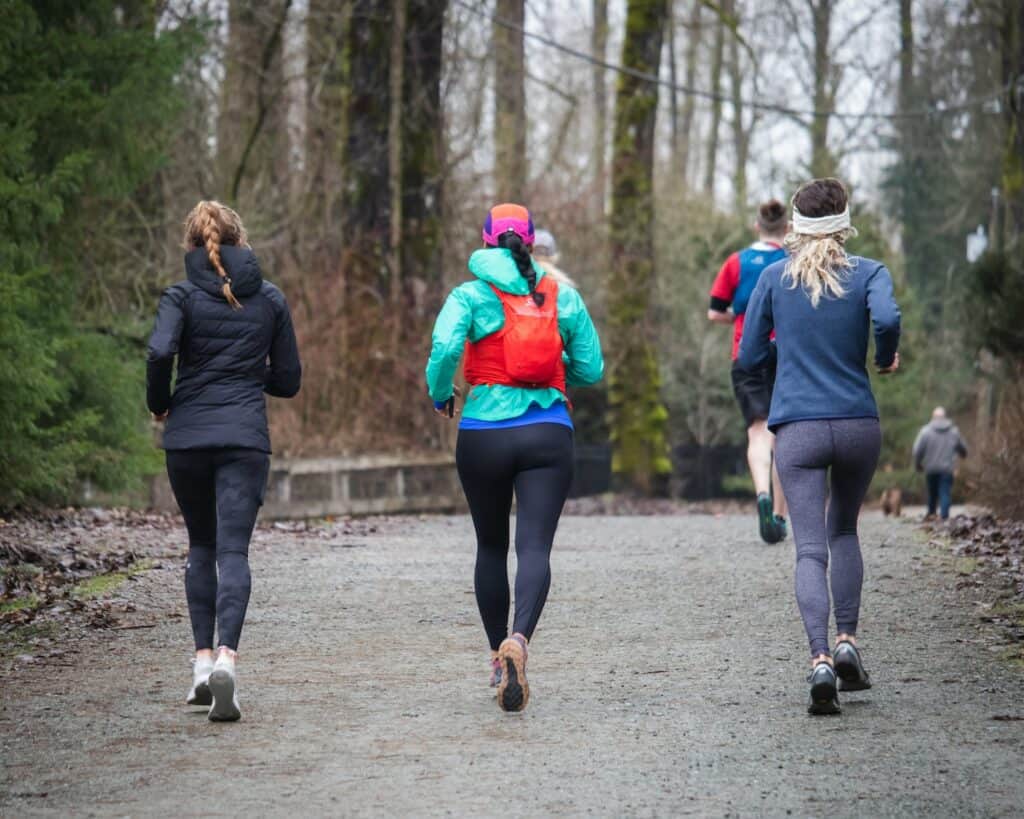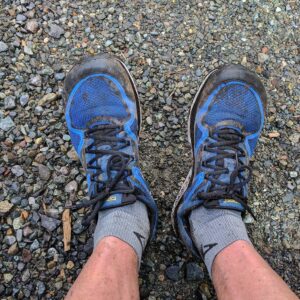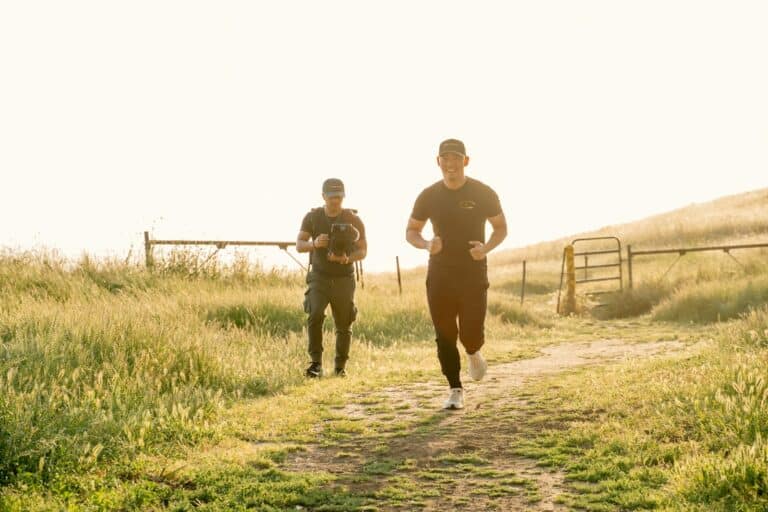Trail running has quickly emerged as a primal sport that combines the best of nature with the ultimate physical challenge. However, it does come with its host of common mistakes even to experienced trail runners. This blog focuses on common mistakes to avoid in trail running, providing tips from expert trail runners, running coaches, and fitness specialists.
First, let’s take a moment to appreciate the beauty and allure of trail running. Far different from its comparatively mundane cousin, road running, trail running commands a sense of adventure, perseverance, and endurance. On the trails, runners need to come face-to-face with varying terrains, challenging altitudes, unpredictable weather, and – quite often – their breaking point.
Common Mistakes to Avoid in Trail Running

Mistake 1 – Inadequate Preparation:
Many runners, especially the new ones, might ignore the training plan intricacies trail running demands. Cross training, strength training, and long runs should be a part of every trail runner’s regimen. The popular training mantra, ‘train smarter, not harder’ stands very true for trail runners.
A half marathon on the road is quite different from the trail because asphalt provides a uniform surface, whereas trails can be riddled with rocks, roots, and mud in distance, presenting unique challenges. Cross-training, strength work targeting specific muscles, body weight exercises, and quality training that focuses more on performance than just body breakdown can help trail runners build a body resilient to the demands whereas rest days help the muscles recover and grow.
Mistake 2 – Ignoring the Terrain:
Ignoring the terrain is one of the greatest blunders trail runners commit. The surfaces of trails offer a different level of resistance than asphalt, which demands varied energy expenditure and muscle engagement. Just as we learn to read the road when driving, runners should learn to read the trail when running. Scanning the trail about 8-15 feet ahead not just helps in preventing painful injuries but also saves energy because knowing what the trail demands helps plan the next course of action.
Mistake 3 – Improper Footwear:

Running shoes play an integral part in running. Yet, choosing the right trail running shoes often becomes an afterthought for many runners. As the saying goes, “you’re only as good as your feet feel,” wearing the wrong shoes can contribute to severe injuries, such as blisters and shin splints, and can affect your performance. The best trail running shoes will provide strategic padding, perfect arch support, and have an outsole tailored for the trails.
Mistake 4 – Not Respecting Nature and Environment:
The essence of trail running lies in its connection with nature. Yet, sometimes runners overlook the need to respect mother nature. Littering, carving on trees, not giving way to other runners, all amounts to poor trail etiquette. Being a responsible trail runner means being a good guest in nature’s home.
Mistake 5 – Poor Hydration and Nutrition:
Out on a trail run, your body needs fuel. A common but deadly mistake is not carrying enough water and replenishing nutrients. Relying on spring water without sanitizing it risks ingesting harmful bacteria or parasites causing health issues. Proper nutrition and hydration are essential as they help in maintaining energy levels, thus preventing running gaunt from exhaustion.
Mistake 6 – Overestimating Abilities and Speed

Pushing too hard, too soon is a common mistake race runners commit. It’s necessary to pace yourself, especially during long runs. Injuries happen when the body is pushed past its breaking point without proper rest and recovery. Listen to your body and give yourself the best chance to stay healthy and keep enjoying your trail run.
Mistake 7 – Neglecting Weather Conditions
The thrill of trail running can sometimes make runners overlook the importance of preparing for weather conditions. Unexpected rain can make trails slippery and dangerous, whereas high heat can lead to dehydration or heat stroke.
Mistake 8 – Ignoring Body Signals
Your body is smart, and it communicates with you. If your muscles ache, energy levels drain, or breathing becomes labored, these are signs that you need to slow down or rest. Ignoring these signals puts unnecessary stress on your body, and can lead to injuries.
Mistake 9 – Lack of Diversification in Training

Trail running demands agility, flexibility, stamina, and mental toughness in equal measure. However, many runners make the mistake of focusing solely on stamina training. It’s essential not to overlook the benefits of strength training, particularly focusing on a combination of lower-body, core, and upper body exercises that will offer improved balance and stability on challenging terrains.
Mistake 10 – Forgetting Sun Protection
Many runners dismiss the importance of sun protection, considering it as an additional burden during trail running. However, trails often have less shade as compared to city running routes and without adequate sun protection, you not only run the risk of sunburn but also dehydration and other heat-related discomforts.
Mistake 11 – Not Cross-Training
The best trail runners know that they need to do more than just run. Engaging in other sports and workouts can help improve different physical attributes, reducing the risk of running-related injuries. Cross-training can include cycling, swimming, yoga, or strength work. The variety also keeps your workout routine entertaining and exciting.
Mistake 12 – Misjudging Hydration Needs
Just sucking down sports drinks is not going to keep you hydrated. In fact, if you’re not losing some water weight during a long run, you’re probably drinking too much. Hydration is a balance, and each runner must listen to their body to realize what the right levels of hydration are.
Mistake 13 – Ignoring Post-Run Recovery
The period right after a trail run is a critical recovery window. During this time, your body is most receptive to refuelling and starting the process of repairing the muscles that have been broken down during your run. Many runners miss this ‘golden hour’, postponing recovery foods and rest, which in the long term can lead to decreased performance and susceptibility to injuries.
Avoiding these common mistakes in trail running will make you not just a stronger runner but also deepen your love and respect for the trail. As a wise running coach said, “Trail running is the celebration of bodies in motion through nature. It’s rugged, it’s dirty, but it’s also serene and beautiful”. Remember to listen to your body, respect the trail, and train smarter. Your trail running adventures are a journey, not a race, so enjoy every step you take on your path.
Remember, shoes wear out, muscles get tired, but the trail is always there, waiting for you with a new challenge, a new adventure. So go out, the trail awaits you!
